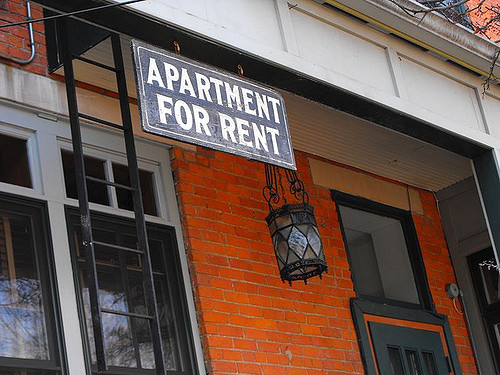By Angel Ross.
This week, as part of the #RenterWeekofAction, September 18 to 23, renters in over 45 cities will take to the streets to demand better protections from displacement and more community control over land and housing.
Recognizing the severity of the housing affordability crisis facing renters from Oakland to Miami and the need for policy solutions, the National Equity Atlas, a partnership between PolicyLink and the USC Program for Environmental and Regional Equity, analyzed the growth of renters in the nation and in 37 cities, their contributions to the economy, and what renters and the United States stand to gain if housing were affordable.
We found that renters now represent the majority in the 100 largest cities in the U.S. and are growing as a share of the population nationwide, comprising 35 percent of the population — a 27 percent increase since 2000. Renters also make tremendous contributions to economic, social and political life. They bring vitality, culture and connection to their neighborhoods and cities; they vote and volunteer in local schools; they bring dollars into their communities. Nationally, they spend $1.5 trillion per year after paying for rent and utilities, contributing billions to local economies across the country.
But that spending power has been shrinking. Renters, in many cities, are also facing a toxic mix of rising rents and declining incomes. Since 2000, median rents increased by 9 percent while median renter household incomes decreased by 11 percent. And these are real, inflation-adjusted changes. Given these circumstances, it’s not surprising that more than half of renter households now spend more than 30 percent of their income on rent and utilities, up from 39 percent in 2000. Today, nearly 50 million people nationwide live in rent-burdened households.
[divider] [/divider]





